
by Rosemary Benton
It has been nine months since the tragic death of H. Beam Piper. Truly, it's a terrible thing to have lost such a talented author from the world. Not to mention one who was a prolific contributor within the science fiction community. Fans and casual readers can at least take some joy in the knowledge that his death is not the last thing we will remember about him. This month, with the help of Ace Books, the final installment of Piper's Paratime series has been formatted and been released into our local bookstores – Lord Kalvan of Otherwhen.

In honor of the continued memory of one of my favorite authors I wanted to take a look at not only his newest posthumous publication, but the entirety of the Piper's Paratime series. How does it all tie together? How did it evolve? And most importantly, how does Lord Kalvan of Otherwhen stand as a final installment to the series?
For Hostigos!
The stories within the Paratime series all center around the exploits of the Paratime Police and other citizens from the "First Level", an alternative timeline of Earth with the exclusive knowledge of how to travel between parallel dimensions and timelines. Lord Kalvan of Otherwhen is the seventh book in the series and picks up directly after the events within Time Crime (1955). The novel continues to follow the usual crowd we have come to know within the Paratime Police, with the added bonus of introducing a full cast of highly developed new characters including the titular Lord Kalvan, a former Pennsylvania State Trooper by the given name of Calvin Morrison.

We open with Tortha Karf, Chief of Paratime Police, who is set to retire with the decorated Paratime officer Verkan Vall slated as his successor. The last thing he needs to go wrong right now is the accidental displacement of a person from a "Fourth Level" timeline. It's clear what has to be done – either locate the poor man in time to return him to his own Earth, or if need be kill him before he can cause a major disturbance to the local population and disrupt paratime activities.
Meanwhile, Corporal Calvin Morrison finds that his background as a Korean War veteran and his formidable knowledge of military history from his own time are exceptionally useful in his current situation as an unwitting interloper on a parallel Earth. The world into which he has dropped, confused and with only the supplies on his belt, is a feudal version of North America colonized by Indo-Europeans who went East instead of West, and eventually crossed the Siberian land bridge.
The technology of these people is very limited. The only producers of gunpowder, or "fireseed", are the priests within the cult of Styphon. Knowing how to make gunpowder is a guarded religious secret that has allowed the religious sect to grow immensely powerful, wealthy and influential. But with the arrival of Calvin, a man who can sweep the board with his advanced understanding of military strategy and basic knowledge of chemistry, that monopoly is quickly turned on its head. In short order Calvin becomes "Lord Kalvan" in his adopted kingdom of Hostigos, and the war for control of the region and the destruction of the Styphon cult is underway.
A Quick History of Paratime
Piper built the Paratime series from humble origins. The first installment was a novelette published in the April 1948 issue of Astounding Science Fiction titled, He Walked Around the Horses. The plot itself is simple. It’s an epistolary work that recounts a mysterious 1809 disappearance of an English envoy from our own dimension, and his jarring reentry into a parallel timeline. Other than being a small foray into the concept of alternative histories existing on neighboring worlds, there isn’t anything within He Walked Around the Horses that is essential to Piper's Paratime series.
The cannon of the Paratime stories really takes off in Police Operation, first published in the July 1948 issue of Astounding Science Fiction. This story is a fast, engaging read that does a fine job of presenting the necessary framework for the burgeoning Paratime series. In quick, fluid succession we learn who the Paratime Police organization is, who some of the main players are in the police force, what function they serve, how the society they hail from is structured, and what fundamental science the society works on – namely that of lateral space and time travel.
Piper went on to divulge the exploits of the Paratime Police and the citizens of the other levels in "Last Enemy" (1950), Temple Trouble (1951), Genesis (1951), and Time Crime (1955). The short story which would become Lord Kalvan of Otherwhen came out in the November 1964 issue of Analog. Titled "Gunpowder God", it suffered from a number of issues including unbelievable character progression (i.e. Kalvan's ability to learn the language of Hostigos in record time and his ability to assume control basically overnight), and lagging development of the supporting characters.
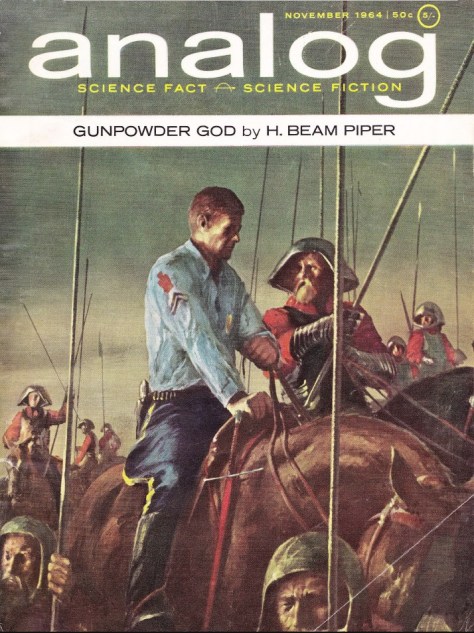
With a serious rewrite, Piper was able to address nearly all of the criticisms of Gunpowder God. Rylla, the princess heir of Hostigos, became her own person and an instrumental warrior. Other supporting characters like Uncle Wolf and Chartiphon were given more lines and things to do, thus entrenching them as vital players in the war against House Styphon rather than set pieces in the story. For the fans of detailed military accounts within their science fiction, they will be very pleased with the even richer detail Piper put into the battle scenes.
Calvin's acceptance into the nobility of Hostigos still feels somewhat rushed, but I would argue that this has more to do with the abilities assigned to his character (his knowledge of military history and strategy is described as "genius" by nearly everyone) and his almost too successful jump into military leadership within Hostigos. Still, given that this is a story about a modern man displaced into an early European Renaissance-era society, it’s not so far-fetched that his preternatural knowledge or science, engineering and strategy would have impressed a few people.
The Piper Method
The best thing that Lord Kalvan of Otherwhen has going for it is its signature H. Beam Piper attention to the subtle nuances of the world within the book. As with his other writings, Piper's characters often encounter the conundrum that what is right and just is not necessarily the most ethical choice. This in turn demonstrates the tedious and sometimes impossible task of those in power balancing violence with necessity.
Throughout the Paratime series we see this again and again. How should an alternative Earth's population be misled in order to protect the secret of paratime travel? Should it be through lies, subtle murders, cults, or open war? And what of the displaced people who are transported to other Earths when they are caught in the field of a First Leveler traveling between timelines? What can, or should, they do to survive?
As an acute example we now have Lord Kalvan who must tread the fine line of local customs while forcing them through scientific and military progress. Corporal Calvin Morrison is not a believer in any god, be they those of his home Earth or the new Earth he finds himself stranded on. He does know, however, that he has to maintain appearances and to do that he must do such things as massacre the priests of Styphon's House in cruel ways, offer tributes to the local gods and credit them with success in battle. Calvin is not ignorant of what he is kindling between the princedoms, either. He is well aware that he is instigating a religious war, and restates this fact on a number of occasions.
"A religious war, the vilest form an essentially vile business can take. Priests of Dralm and Galzar preaching fire and sword against Styphon's House. Priests of Styphon rousing mobs against the infidel devil-makers. Styphon wills it! Atrocities. Massacres. Dralm and no quarter! And that was what he had brought to the here and now”.
While I can certainly recommend this title for the detail given to the battle scenes or the developed new characters, I wouldn't be able to recommend this title nearly as much without that signature moral dilemma that Piper places on the shoulders of his creations.

"Lord Kalvan of Otherwhen" Within the Paratime Series
When put side by side with the other stories in the Paratime series it is immediately evident that this novel does significantly deviate in style from the previous installments. Lord Kalvan of Otherwhen is far less focused on the Paratime Police than its predecessors (with the exception of He Walked Around the Horses). Usually the Paratime Police are main protagonists, but after Calvin Morrison is dropped onto the alternative Earth the First Level inhabitants have very little involvement in the plot. Aside from providing some tension when we learn that Verkan Val is tasked with murdering Calvin before he can cause too much trouble, the presence of any paratime users is really unnecessary.
The murder plot becomes moot very quickly in any case. Verkan realizes that 1) Calvin is now too publicly entrenched in the politics of Hostigos to simply quietly assassinate, and 2) Verkan finds his integration into the Fourth Level Earth’s culture to be a fascinating case study. After that point the Paratime Police cast only show up to provide exposition on what Lord Kalvan has achieved, and to give his work observational critique.
Since Piper already had a universe set up in which dimensional displacement was established and explainable, it does make sense for Lord Kalvan's story to be tied into the Paratime series. It’s just a little unfortunate that the Paratime Police were not given more to do in the story.
That being said, it does feel like a fitting ending to the series. As Lord Kalvan ascends to the rank of Great King Kalvan the First, we see the leadership switch hands within the Paratime Police. Characters we have come to cheer for and relate to on the First Level are all moving on with their lives and onto other projects. If Piper had lived I’m sure that he would have continued to write about Great King Kalvan's exploits, maybe even going so far as to put the Paratime Police on the retirement shelf.
The care with which he wrote about Lord Kalvan's moral dilemmas as a leader, the detail into which he wrote about his military exploits, and the closure Piper found for the Paratime Police crew all speaks to the growth of the series into something else. Unfortunately we will never know what Piper had in mind for the future of this series, but as does happen perhaps we will see his work revisited by others in the future. There is certainly plenty of fertile material to work with.
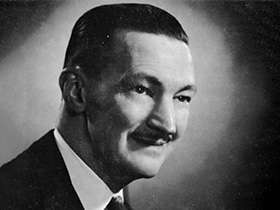

![[August 6, 1965] Last Call for Paratime Passengers (H. Beam Piper's <i>Lord Kalvan of Otherwhen</i>)](https://galacticjourney.org/wp-content/uploads/2020/08/LordKalvanOfOtherwhen-244x372.jpg)
![[July 12, 1965] A pair of Aces (July 1965 Galactoscope)](https://galacticjourney.org/wp-content/uploads/2020/07/650712covers-672x372.jpg)




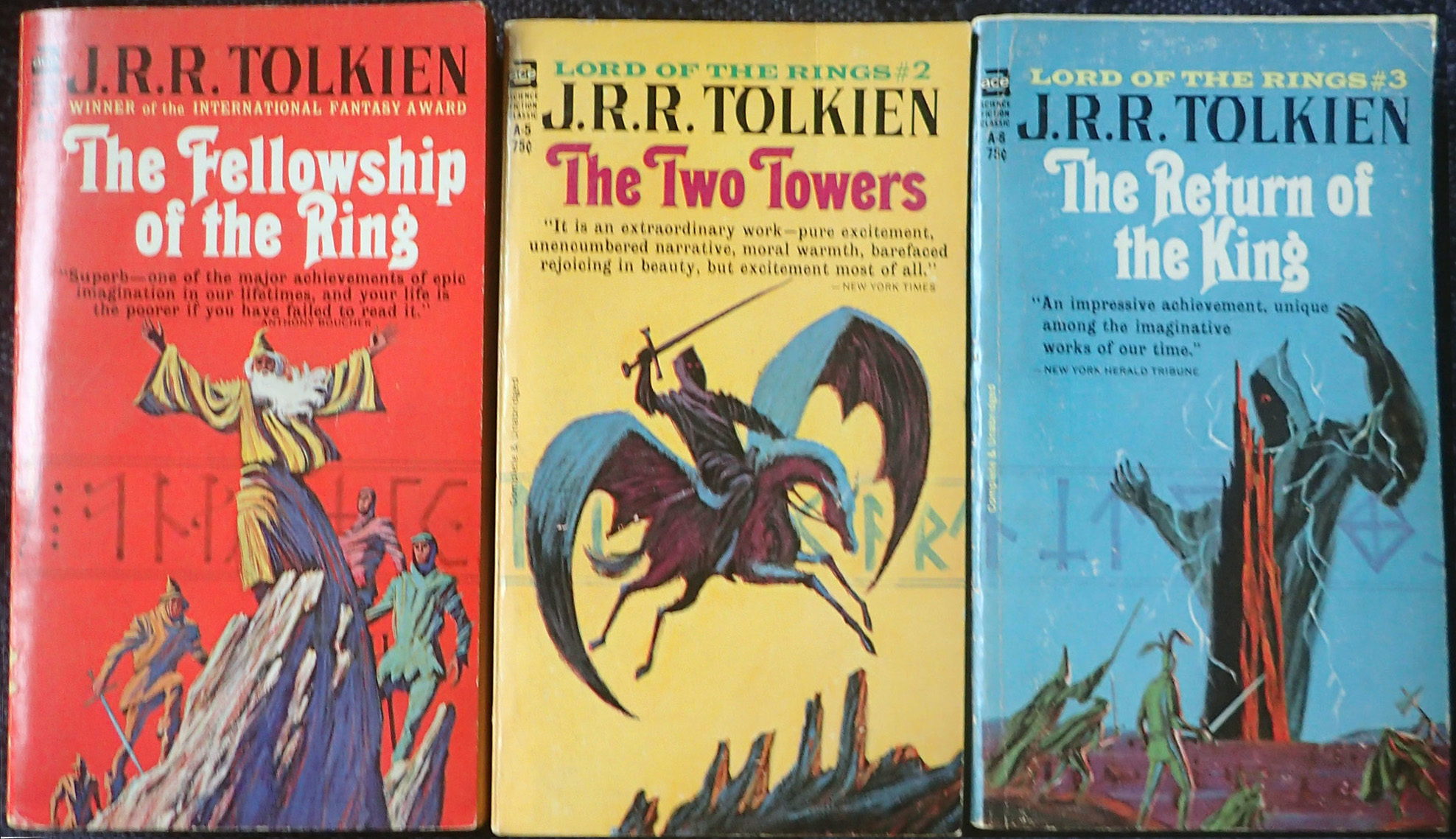

![[June 26, 1965] Disappointing Duo (June Galactoscope #2)](https://galacticjourney.org/wp-content/uploads/2020/06/650626covers-672x372.jpg)






![[May 24, 1965] Two faded stars (May Galactoscope #2)](https://galacticjourney.org/wp-content/uploads/2020/05/650524cover-672x372.jpg)




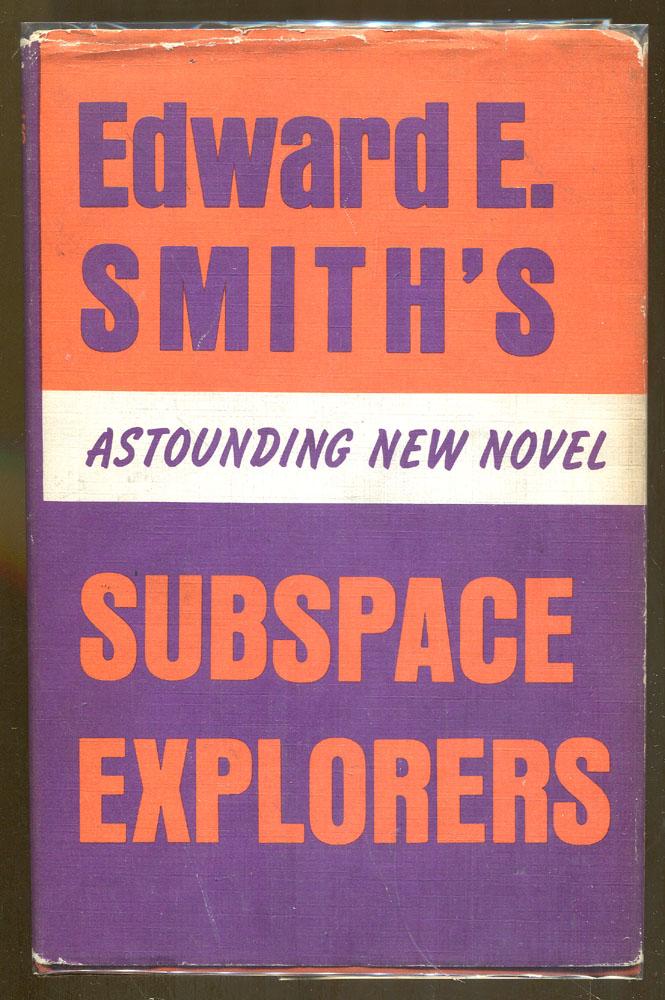

![[April 8, 1965] Twisted but Classy (Mario Bava's "Blood and Black Lace")](https://galacticjourney.org/wp-content/uploads/2020/04/BBLposter-672x372.jpg)










![[February 4, 1965] Space Prison of Opera (February Galactoscope #1)](https://galacticjourney.org/wp-content/uploads/2020/02/650206covers-672x372.jpg)











![[December 19, 1964] December Galactoscope #2](https://galacticjourney.org/wp-content/uploads/2019/12/641219covers-672x372.jpg)


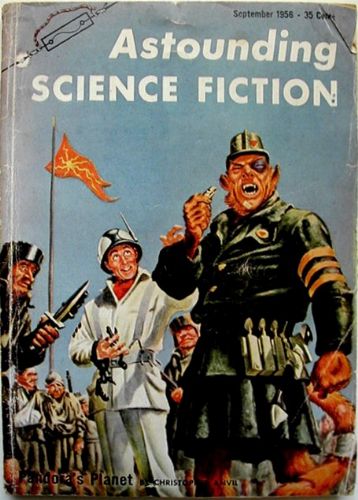
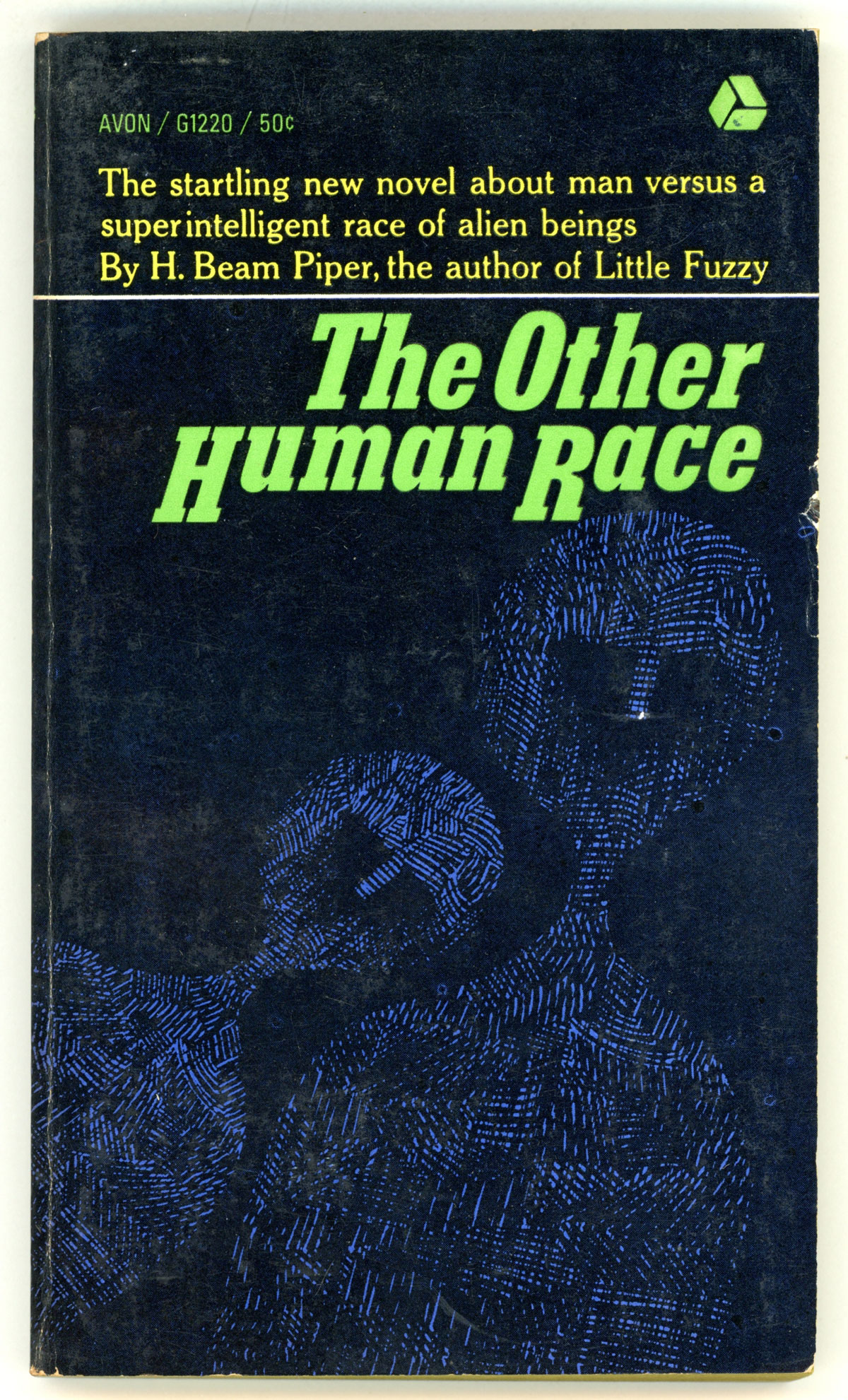


![[October 10, 1964] Drop The Bomb and We All Go Down (Sidney Lumet's <I>Fail Safe</I>)](https://galacticjourney.org/wp-content/uploads/2019/10/theend-672x350.jpg)








![[September 20, 1964] Apocalypses and other trivia (Galactoscope)](https://galacticjourney.org/wp-content/uploads/2019/09/penultimate-cover-672x352.jpg)


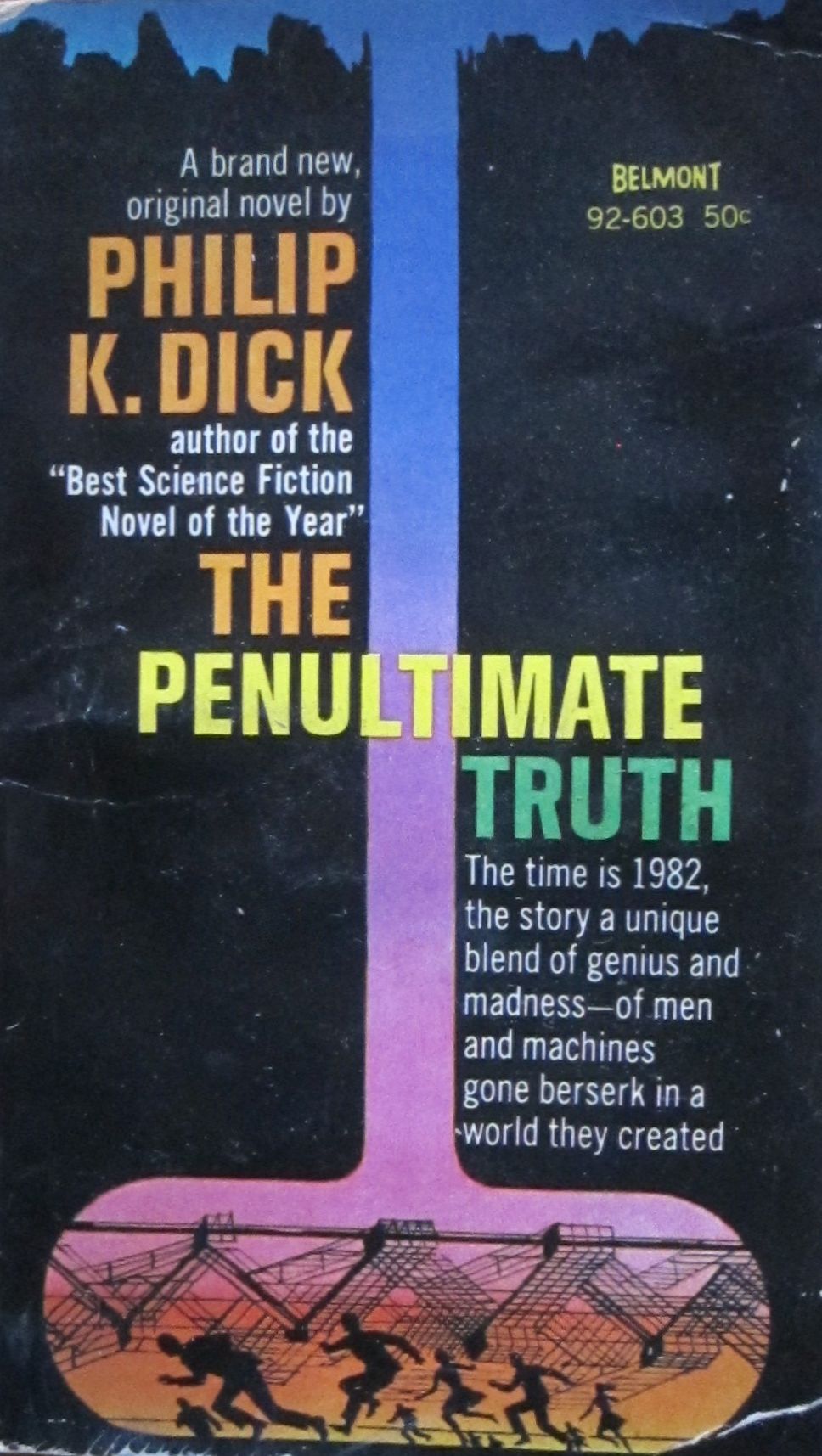





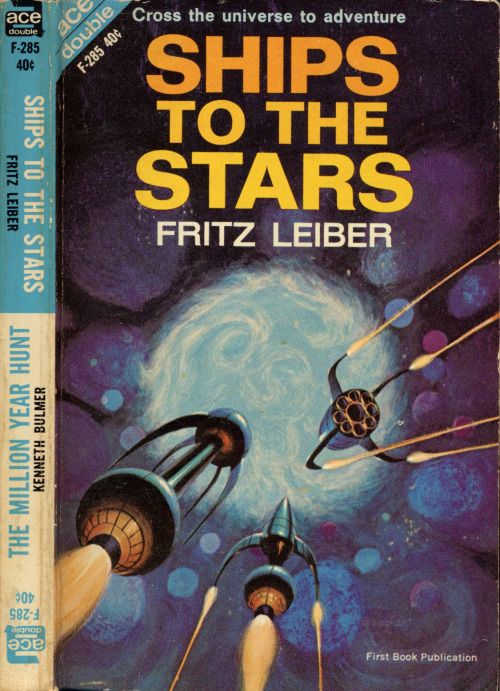

![[September 10, 1964] Bewitched, Bothered and Bewildered (September 1964 Television Debuts)](https://galacticjourney.org/wp-content/uploads/2019/09/640910munsters-500x372.jpg)












